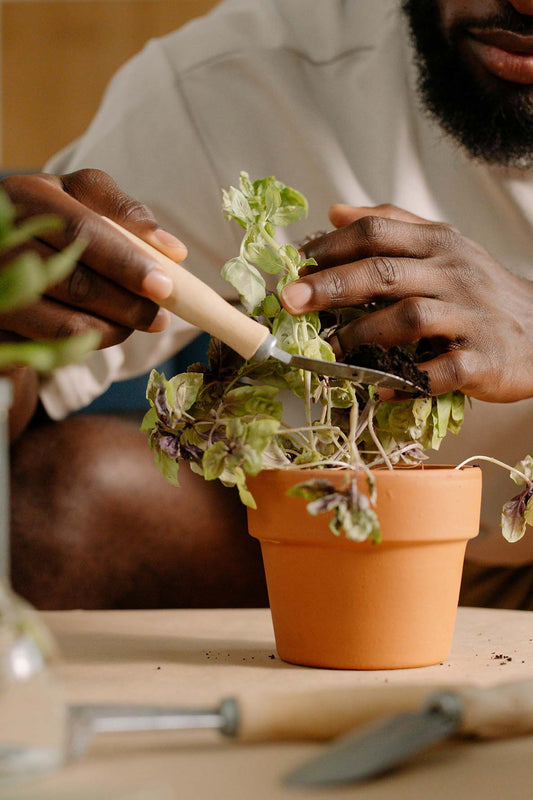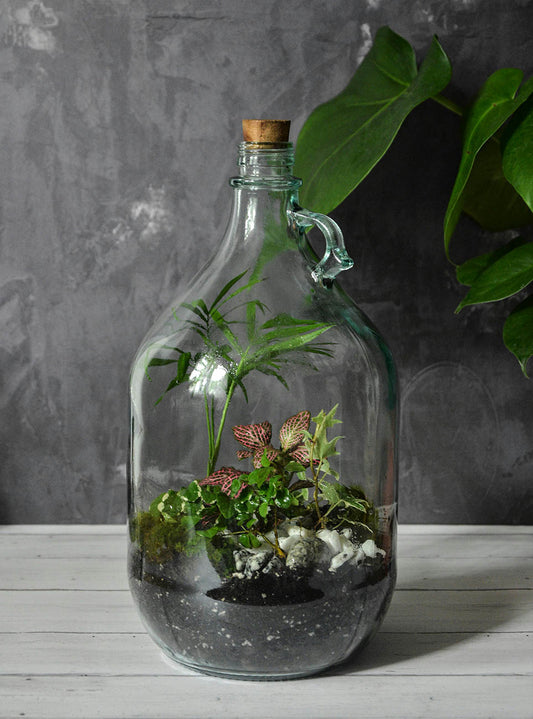Closed terrariums offer a unique view into a self-sustaining ecosystem, where every element plays a pivotal role in maintaining environmental balance. Among these elements, isopods and springtails are often introduced as micro-custodians, breaking down decomposing organic matter and contributing to nutrient recycling. While these tiny creatures are crucial for the health of a terrarium, an imbalance in their numbers can lead to unforeseen consequences. This article explores the effects of introducing too many isopods and springtails into a closed terrarium and provides advice on achieving a harmonious balance.
The Roles of Isopods and Springtails
Isopods and springtails serve as the cleanup crew within a terrarium. Isopods, also known as roly-polies or pill bugs, break down dead plant material and feces, converting them into nutrients. Springtails, on the other hand, specialize in consuming fungi and mold, preventing their overgrowth and supporting a healthy ecosystem.
Consequences of Excess
1. Depletion of Resources: Both isopods and springtails depend on organic matter for sustenance. An overabundance can lead to rapid consumption of these resources, potentially leading to competition and starvation among the population.
2. Humidity and Moisture Imbalance: These creatures thrive in moist environments. An oversized population can significantly alter the terrarium's humidity levels, encouraging mold growth not controlled by springtails and potentially harming plant health.
3. Potential Plant Damage: While isopods usually feed on decaying matter, and springtails control mold, an overpopulation might force them to feed on healthy plant roots or tender shoots, especially when other food sources become scarce.
4. Accumulation of Waste: A balanced population aids in breaking down waste, but too many isopods and springtails can lead to an accumulation of their feces, affecting both the aesthetics and the health of the terrarium.
Achieving and Maintaining Balance
To avoid these issues, it's crucial to monitor the populations of both isopods and springtails, ensuring they are in proportion to the terrarium's size and the availability of organic matter. Manually adjusting the populations by removing some individuals can also maintain equilibrium.
Conclusion
Isopods and springtails are invaluable for the decomposition process and nutrient cycling in closed terrariums. However, their populations need careful management to prevent issues like resource depletion, humidity imbalances, potential plant damage, and waste accumulation. By observing and adjusting the numbers of these micro-custodians, enthusiasts can ensure their terrarium remains a healthy and thriving ecosystem.
FAQs on Isopods and Springtails in Closed Terrariums
Q: How many isopods and springtails should I add to my terrarium? A: Start with a modest number, such as 5-10 isopods and a small scoop of springtails, for a medium-sized terrarium. Adjust based on the terrarium's size and the amount of organic matter present.
Q: How do I know if there are too many isopods or springtails in my terrarium? A: Signs of overpopulation include excessive waste accumulation, visible depletion of organic materials, or signs of stress on plant health. Regular observation can help identify these issues early.
Q: Can isopods and springtails coexist peacefully in the same terrarium? A: Yes, they can coexist and even benefit from each other's presence, as they occupy slightly different niches within the ecosystem. However, balance is key to a healthy coexistence.
Q: How can I reduce the number of isopods or springtails if I've added too many? A: Manually removing some individuals or introducing natural predators are effective ways to control their populations. Adjusting the environment to make it less ideal for rapid reproduction can also help.




